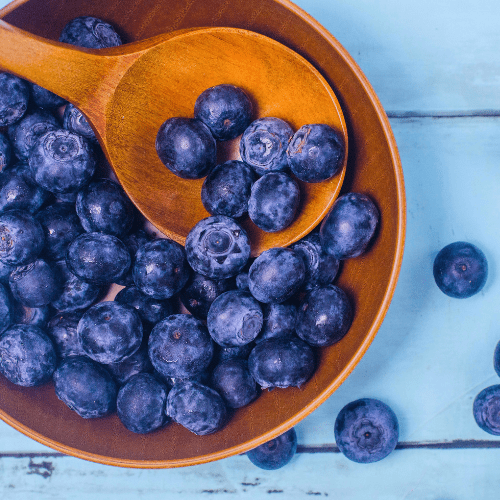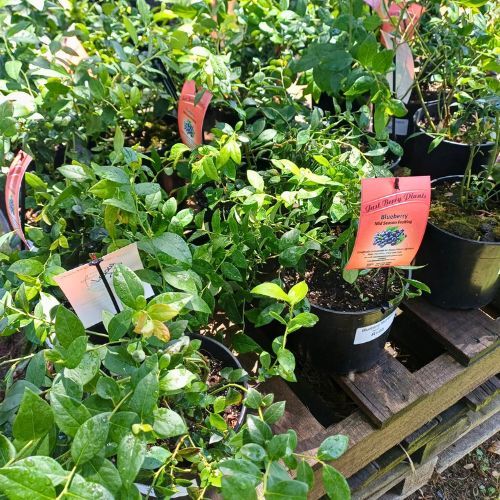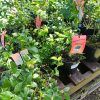Step by step picture video on how to plant:
Position
Full sun or semi-shade – 6-8 hrs of sunshine daily.
Size
Approximate Height 1.5m Width 1m.
Soil
Acidic. Ph between 4.2 and 5 (VERY important)
Our farmer has taken many years of research and trials to perfect the soil mixture for maximum harvest.
Acid compost is the base soil, and Lithuanian Sphagnum Peat Moss is the minimum soil requirement.
Soil requirements:
Lithuanian Peat Moss
Berry Mix
Volcanic Rock Dust
Pine Bark Mulch
slow release berry fertiliser
The Peat Moss must be soaked in water for, at least 24 hours before planting as it absorbs a lot of water initially and your plant roots will not receive water.
Place acid compost into the pot/hole and then add soaked peat moss, berry mix and volcanic rock dust to the top section and mix well. Gently place the plant (try not to disturb the roots) in the soil mixture and cover the roots (not the stem) with Pine Bark Mulch.
Step by step picture video on how to plant:
Blueberries are salt and nitrate sensitive. Nitrates and chlorides should be avoided in fertiliser blends for blueberry plants.
Blueberry plants DO NOT like any manure or harsh chemical fertiliser. If you have a worm farm REFRAIN from using the fertiliser for Blueberry plants
Fertilising
Use our slow-release nitrogen-rich berry fertiliser. Apply 1 teaspoon every 4-5 months.
Mulch is a good way of preventing weeds and reducing the rate of water evaporation from the soil.
Apply organic mulch to your tree all year round.
Use from 2 to 5 centimetres of pine bark mulch to protect the roots from UV damage and drying out. It retains moisture, and maintains an optimal pH. Do not let the mulch touch the plant stem, as it may cause infection or rot.
Pruning
These delightful little berries grow on the short side shoots produced during the previous year’s spring and summer. So, be sure not to cut these off. Top the bush to encourage more side branches and prune when it is about 5 years old. The best time to prune is in winter; only the dry branches and branches that have borne much fruit during the season need to be cut.
Harvesting
Different varieties of blueberries ripen at different times of the fruiting season. There are early-season, mid-season, and late-season varieties. So, choose a variety from these blueberry types to get the most out of your plants. This will extend the fruiting period of your harvest by a few months.
Step-by-step picture video on how to plant:
Don’t rush to pick the berries the moment they turn blue. Rather, wait a few days. They are perfectly ripe when they readily fall off the twig and into your hand.








